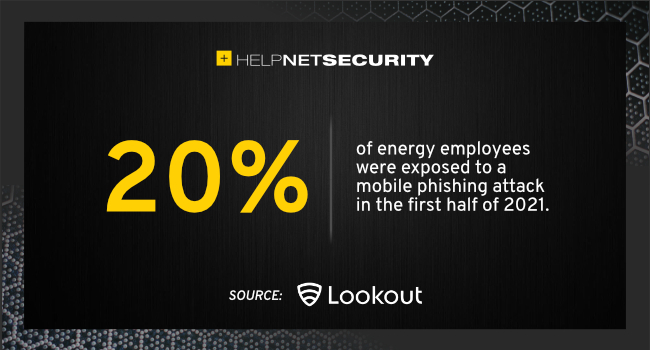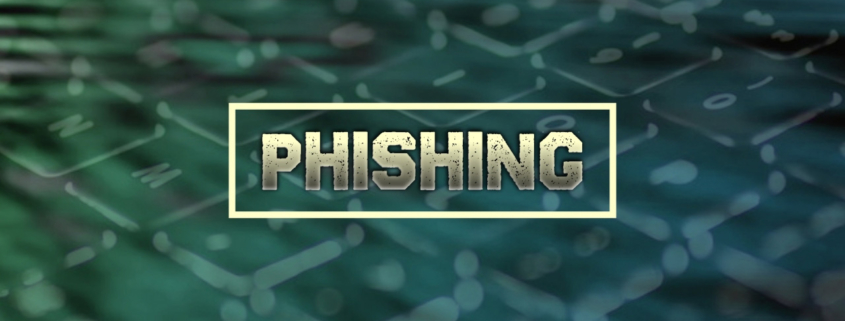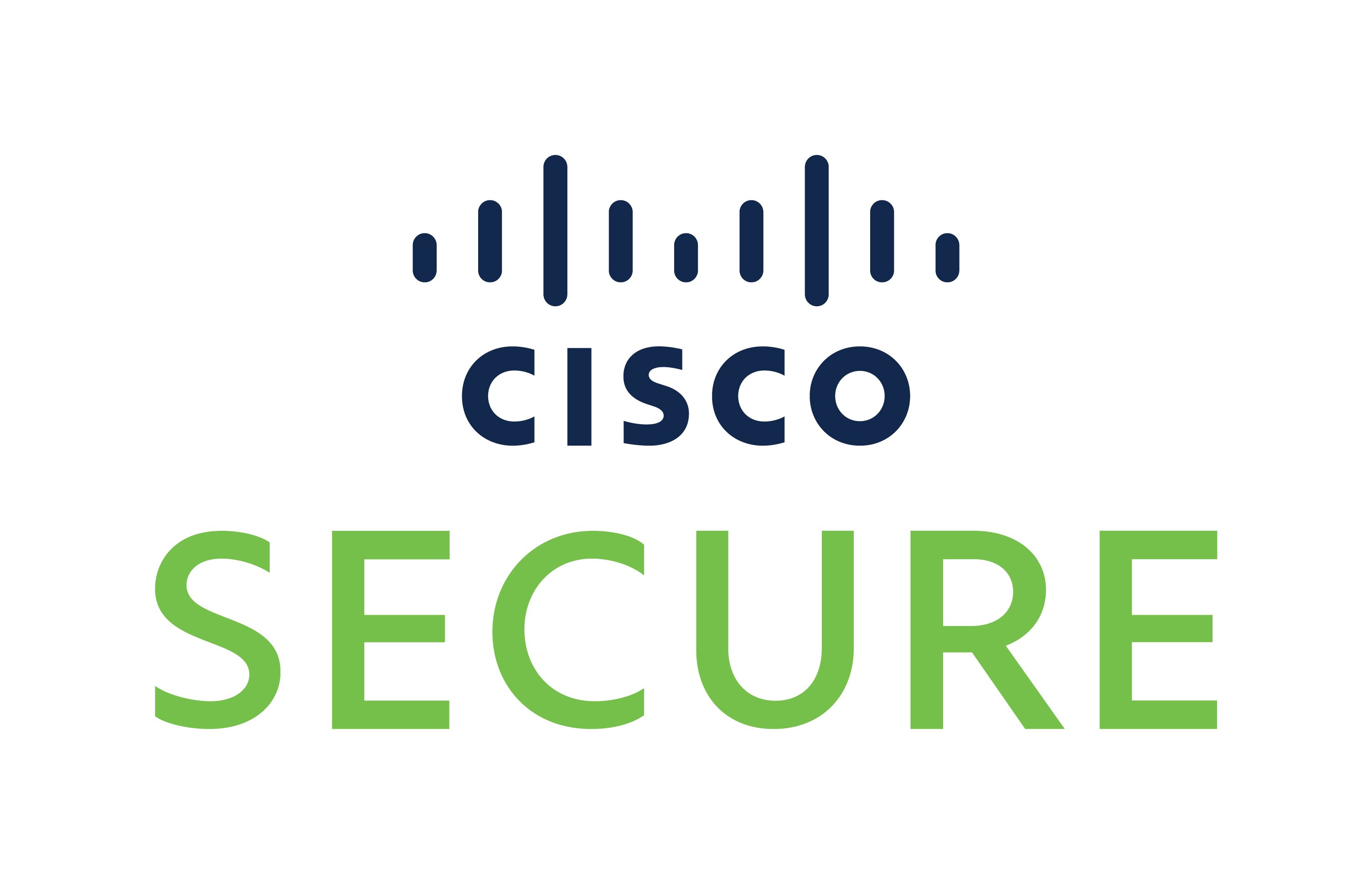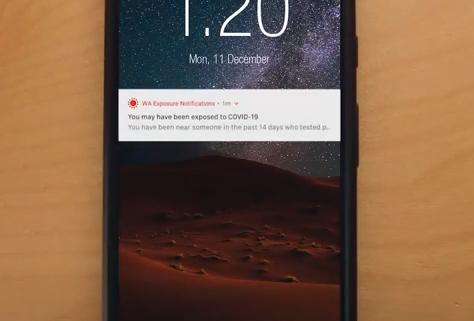Mobile phishing exposure in the energy industry surged 161% in 2021
Mobile phishing exposure surged 161% within the energy industry between the second half of 2020 and the first half of 2021, a Lookout report reveals.

The research indicates that organizations in the energy industry experienced the following between July 1, 2020 and June 30, 2021:
- 20% of energy employees were exposed to a mobile phishing attack in the first half of 2021, a 161% increase from the second half of 2020.
- 17.2% of all cyberattacks originating on mobile endpoints targeted energy organizations, making the industry the biggest target of cybercriminals and nation-state sponsored attackers.
- The average mobile app threat exposure rate was 7.6% — nearly double the average of all other industries combined.
- 56% of Android users were exposed to nearly three hundred exploitable vulnerabilities by continuing to run out-of-date versions of Android OS.
- Riskware and vulnerabilities were the cause of 95% of mobile app threats.
- Regional mobile phishing exposure rates: North America (11.2%), APAC (13.2%) and EMEA (15.8%).
- EMEA and APAC employees were 41% and 18% more likely to experience a mobile phishing attack than their North American peers.
Energy organizations provide the infrastructure essential for the safety and well being of society. Recent events such as the Colonial Pipeline breach demonstrate that the energy industry is particularly vulnerable to cyberattacks.
Securing mobile endpoints to prevent mobile phishing threats
Bad actors phish and exploit vulnerabilities in mobile endpoints to circumvent legacy security systems to gain access to corporate infrastructure, steal sensitive data and extort money.
Securing mobile endpoints that employees use to do their jobs is imperative to protect enterprise data as iOS, Android and ChromeOS devices are increasingly essential to digital transformation initiatives. Protecting against mobile phishing and app threats enables energy organizations to prevent cyberattackers who want to steal credentials and data, or halt operations with ransomware.
“As the energy industry modernizes and relies more heavily on mobile devices and cloud solutions, these insights into mobile phishing and app threats can help organizations…





